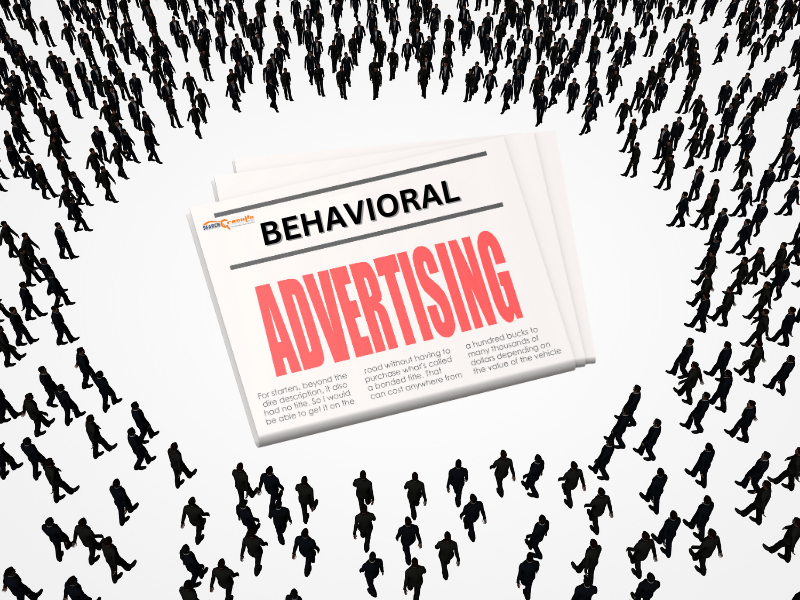The term “behavioral advertising” refers to the presentation of targeted advertisements based on data obtained from an individual’s browsing behavior and search queries to personalize their experience. The proliferation of digital media and the ability to collect enormous amounts of data are two factors that have contributed to the rising popularity of this kind of advertising.
Behavioral advertising advantages are as follows:
Advertisements Tailored to the User’s Interests and Preferences: One of the most significant benefits of using behavioral advertising is that it enables advertisers to display advertisements explicitly tailored to their interests and preferences. This ends up providing the user with an experience that is more personalized to their needs and relevant to their context. This can result in a greater click-through rate and conversion rate.
Better Ad Targeting With the help of behavioral, one can easily attract people interested in their products or services. This is an improvement over traditional advertisement methods. With proper advertising, there are decreases in the money spent on advertisements that are unlikely to convert.
The individualized and focused approach of behavioral advertising can lead to an increase in income for a marketer. Hence businesses might see improvement in their return on investment if they display advertisements clicked and converted more.
Improved Tracking: Marketers who use behavioral advertising have access to more vital tracking and measurement capabilities. Therefore, advertisers can now monitor user activity across various devices and channels, enabling them to improve their ads’ targeting and optimize their effectiveness.
Negative Aspects of Behavioral Advertising:
Privacy Issues: Behavioral advertising, which collects and stores the data of users’ online behaviors’ data, raises privacy issues. This may seem intrusive to some users, and others may not be comfortable monitoring their activity.
Ad Fatigue: Behavioral advertising can contribute to ad fatigue. Because people’s frustration grows after continuously watching the same advertisements, this may result in a lower level of engagement and a lower return on investment (ROI) for advertising.
Inaccuracy: Behavioral advertising relies on algorithms to forecast the interests and preferences of users. This can occasionally lead to mistakes in the predictions made by the algorithms. If the algorithm wrongly categorizes a user’s interests, it may result in false advertisements to the users.
Ad Blockers: To avoid exhibit to behavior advertising, many people install ad blockers. Because of this, it may be challenging for advertisers to communicate with the people they want to reach.
Conclusion:
In conclusion, behavioral advertising has many benefits but also raises serious privacy concerns. It can contribute to ad fatigue and lead to mistakes in the data it collects. Before incorporating this kind of advertising into their campaigns, advertisers should seriously consider its pros and cons. To know more, visit Award Winning SEO, PPC & Web design Agency in Toronto, Canada (searchresultsmedia.com) or call us at (866) 203-6272





